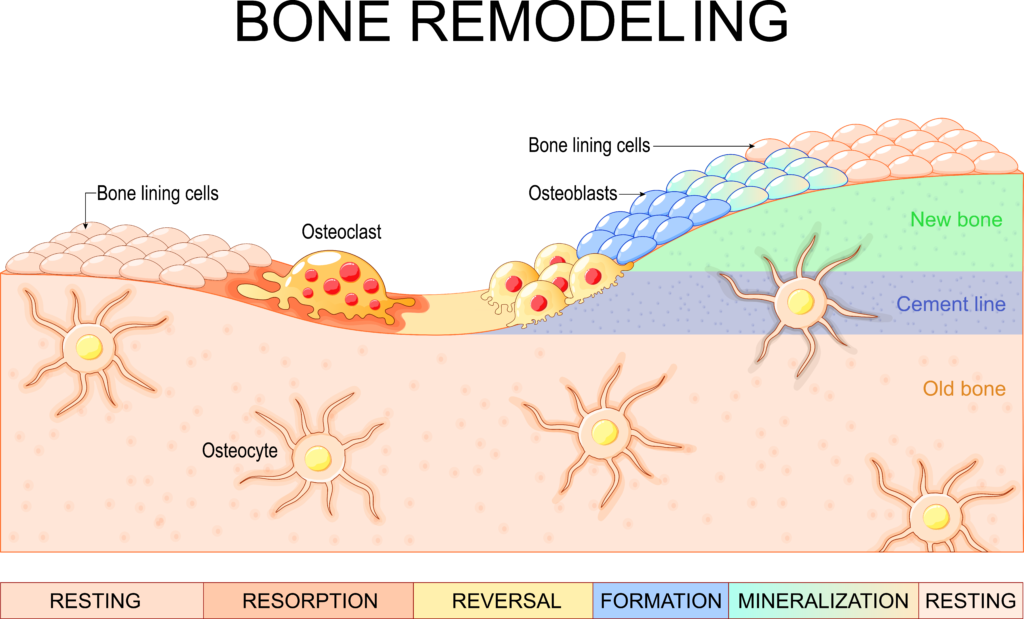Say it with us: not all nutrient forms are created equal
Certain nutrients go by the same name yet have key differences that impact the way our bodies use them. It comes down to the way nutrients are sourced or synthesized.
Vitamin D especially
Vitamin D and its partners Vitamin K, Vitamin A, and Omega 3 are fats. These move around the body together; normally bound to fats and/or binding proteins. Each plays a part in a variety of functions in the body, including calcium absorption, bone health support, and immune function. Basically, our bodies need Vitamin D to support foundational health—but Vitamin D can be a challenge without understanding its relationship with K2 and other Vitamins and Minerals. That’s why I’ve found a source that is both D3 and K2
“Vitamin D” is an umbrella term
Our bodies use two major types of Vitamin D: Vitamin D2 (ergocalciferol), and Vitamin D3 (cholecalciferol). If you’re taking supplemental D, it may or may not specify that it is D3 but it may specify “as cholecalciferol”. The differences between these different forms is important. Here in Alaska and any other rainy or sunshine-deprived areas we need to supplement with D3 because we make Vitamin D3 from the sun about 2 weeks a year around summer solstice. This is the form our bodies use.
If we are out in sunshine those two weeks of the year, we do store some vitamin D3 in our fat and slow release it for a few more weeks. Come September, most of us are running out of D3 stores.
Vitamin D2 vs. Vitamin D3
Vitamin D2 is found naturally in certain plants especially mushrooms, while Vitamin D3 is found in animal-sourced foods, both sound like solid bets right?
Here’s the catch.
Our bodies can metabolize both Vitamin D2 and Vitamin D3 yet Vitamin D3 is the more active form. Vitamin D2 is not well used and not made by getting a tan.
Foods high in Vitamin D3 include cold water fish like our wonderful Alaska salmon. Vitamin D3 is also the form of Vitamin D3 the skin naturally makes when exposed to high-angle sunlight. Here in Anchorage that occurs for about two weeks on either side of June solstice. Pastured (grass fed and finished) red meats including wild and eggs from pasture-raised chickens can be 3-6 times higher in Vitamin D3 than those raised in captivity.
Getting enough vitamin D3?
Unfortunately, for various reasons, most people don’t. Sunlight is an unreliable resource for Vitamin D3. Here’s why: Clothing, sunscreen, and living at high latitudes where the sun doesn’t rise above 60 degrees in the sky most of the year means you are not forming vitamin D3 from sunshine. As does having dark skin.
Bone health and Vitamin K2?
While Vitamin D is well known as a hormone involved in mineral metabolism and bone growth by facilitating intestinal absorption of calcium, Vitamin D3 also stimulates absorption of phosphate and magnesium ions.
Along with Vitamin D3, we all need Vitamin K2. Bioactive vitamin D or cholecalcitriol is a steroid hormone (that’s right, it is a hormone, not actually a vitamin. Steroid hormones include estrogen, progesterone, testosterone, and others, all made from cholesterol). Vitamin D and Vitamin K2 help the body use incorporate calcium, collagen, and phosphorus into bone. To do that, there must be a balance of D3 and K2.
In the absence of Vitamin D, Vitamin K2 and Omega-3 fats, dietary calcium is not absorbed efficiently. Vitamin D also tells the body to make proteins involved in transporting calcium from the lumen of the intestine, across gut cells and into blood.
So many of my clients ask about calcium after an unhappy bone density scan. Yes, we need calcium, magnesium, and phosphorus… We need the D3 and K2 to create bone including from the protein collagen. And collagen is a vital nutrient for gut health—everything is connected to everything.
Everything is connected to everything
The hormone Vitamin D, as either D3 or D2, does not have significant biological activity. Rather, it must be metabolized within the body to the hormonally-active form known as 1,25-dihydroxycholecalciferol. This transformation occurs in steps that involve the liver and kidneys. Here’s the biochemistry:
Did you know? Dogs and cats cannot efficiently make Vitamin D from sunlight. We need to give supplements to our pets.
- Within the liver, cholecalciferal is hydroxylated to 25-hydroxycholecalciferol by the enzyme 25-hydroxylase.
- Within the kidney, 25-hydroxycholecalciferol serves as a substrate for 1-alpha-hydroxylase, yielding 1,25-dihydroxycholecalciferol, the biologically active form.
- Transport throughout the body, Each form of vitamin D is hydrophobic (meaning likes to be in fat rather than water), and is transported in blood bound to carrier proteins. Vitamin D3 is circulated for several weeks before being stored in fat, Vitamin D2 only a few hours then removed through the kidneys.
Keep your digestive tract healthy
Low vitamin D? We need all of it: Ingestion, Absorption, Assimilation
- Are you getting enough vitamin D (in Alaska probably not)?
- Is Vitamin D being absorbed with the other minerals you need? Magnesium, healthy fats, phosphorus, calcium… for bones? Is your cholesterol below 180 mg/dL?
- Is your liver converting its precursor?
- Are your kidneys healthy and converting it?
- Is it then being circulated to your cells?
- Can your cells absorb it and with the other nutrients that work together? (how’s your parathyroid doing?)
Keep your kidneys healthy
Beyond rickets and unstable bones, Vitamin D receptors are present in most if not all cells in the body. It needs to be in the bioavailable form. Those over-the-counter supplements will boost your bloodwork results but are not in the form your body needs. Nor is it wise to use blood labs alone to decide on a care plan.
High blood pressure?
Vitamin D is important to every cell and tissue throughout the body. From proper immune function and bone density to heart health and mood disorders, vitamin D is critical for optimal health
Keep your child and your own immune system healthy
Growing a child? Vitamin D has potent effects on the growth of many types of cells and how they turn into nerves, skin, lungs, and properly form other sorts of cells. Vitamin D has physiologic effects much broader than we ever understood.Do you want a healthy child? Please ensure you have plenty of vitamin D even before conception.
And that includes their immune system and yours. Vitamin D deficiency is associated with increased incidence of autoimmune disease and susceptibility to disease.
Disease States
Although the classical manifestations of vitamin D deficiency is rickets, which is seen in children and results in bony deformaties including bowed long bones. Deficiency in adults leads to the disease to poor bone density. Our bones reconstruct themselves constantly while growing and throughout life. Rickets, osteomalacia, hunched upper back, hip and knee instability… reflect impaired mineralization of newly synthesized bone matrix, and usually result from a combination of inadequate exposure to sunlight and decreased dietary intake of vitamin D.
Let’s get a program that restores balance, reduces inflammation and keeps you at the top of your life.
Find and Fix What’s Really Wrong.
References:
- National Institutes of Health Office of Dietary Supplements. Vitamin D Fact Sheet for Health Professionals. Retrieved from National Institutes of Health Dietary Reference Intakes for Calcium and Vitamin D. (2011). doi: 10.17226/13050
- Itkonen, S. T., Skaffari, E., Saaristo, P., Saarnio, E. M., Erkkola, M., Jakobsen, J., … Lamberg-Allardt, C. (2016). Effects of vitamin D2-fortified breadv. supplementation with vitamin D2 or D3 on serum 25-hydroxyvitamin D metabolites: an 8-week randomised-controlled trial in young adult Finnish women. British Journal of
- Haddad JG, Matsuoka LY, Hollis BW, Hu YZ, Wortsman J. Human plasma transport of vitamin D after its endogenous synthesis. J Clin Invest. 1993 Jun;91(6):2552-5. doi: 10.1172/JCI116492. PMID: 8390483;
- http://www.vivo.colostate.edu/hbooks/pathphys/endocrine/otherendo/vitamind.html



Leave a Reply
You must be logged in to post a comment.